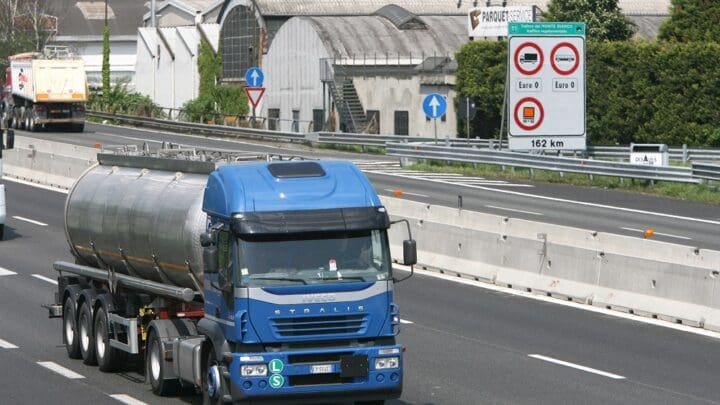
News
New EU directive on DG transport
The European Union is ramping up the promotion of greater safety, transparency and uniformity in dangerous goods (DG) transport.
With the publication of Delegated Directive (EU) 2025/1801 in the Official Journal of the European Union on 13 October, all Member States will have a single common basis for inspections and enforcement.
Until now, the ADR Convention (the European Agreement concerning the International Carriage of Dangerous Goods by Road) has been interpreted differently from country to country. What counted as a serious offense in one Member State could be dealt with by a warning in another.
The EU says this not only led to unequal enforcement, but also to distortion of competition between carriers.
The Directive, adopted on 23 June 2025, replaces Annexes I and II of Directive (EU) 2022/1999 and is closely aligned with the existing Directive 2008/68/EC on the transport of dangerous goods. From 24 June 2026, all EU countries will have to apply the new rules.
In 2024, almost 20,000 people were killed in road accidents within the EU. Although only part of these are related to the transport of dangerous goods, these transports entail a disproportionate risk, the EU says.
Figures from the United Nations Economic Commission for Europe (UNECE) show that in 2023, more than 1,200 incidents involving leakage, fire or explosion of dangerous cargoes took place in Europe – resulting in dozens of casualties and billions of euros in damage.
With Directive (EU) 2025/1801, the European Commission wants to put an end to this. The introduction of harmonised checklists and a common risk classification will make enforcement “unambiguous, fair and more efficient”.


